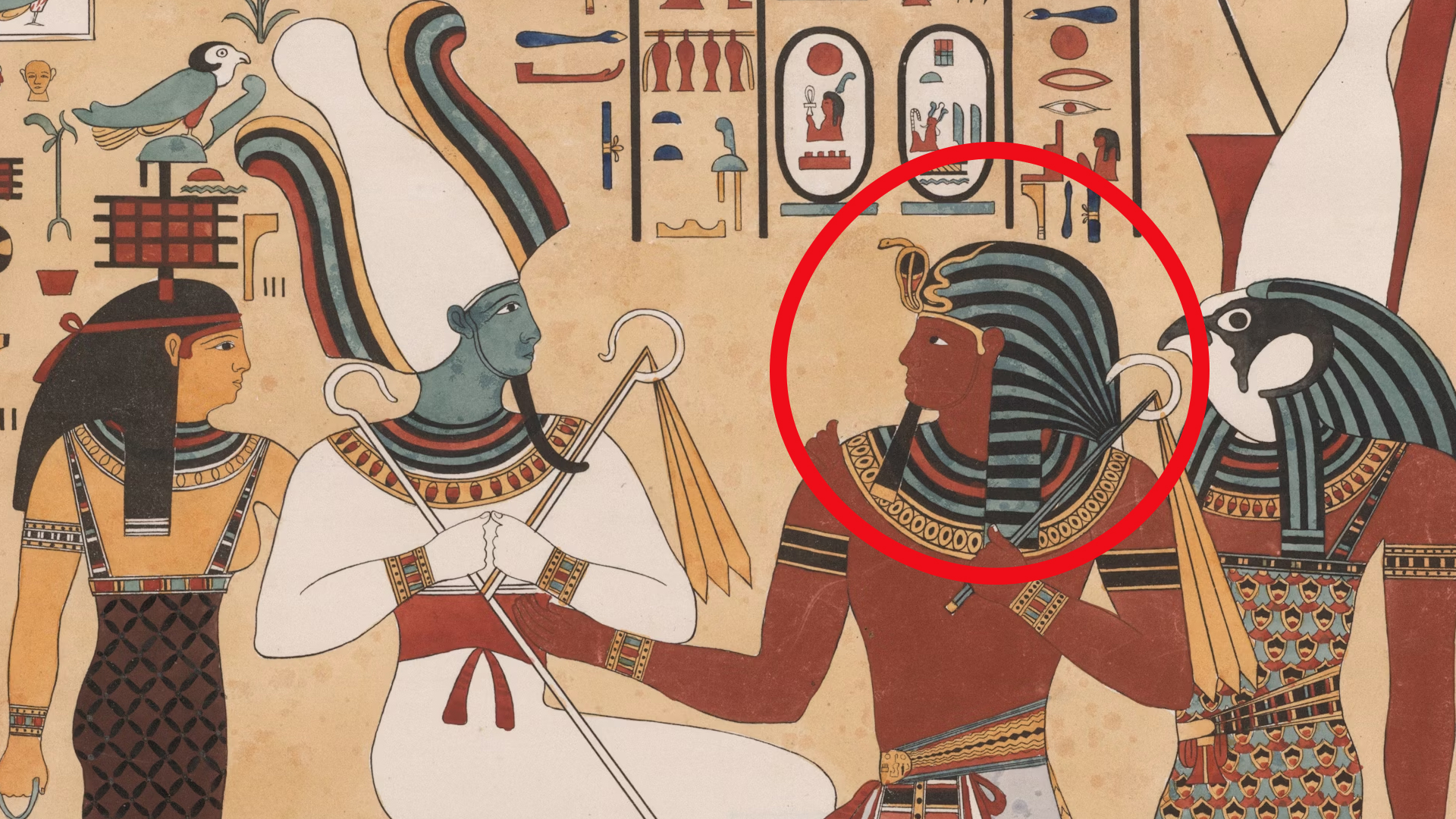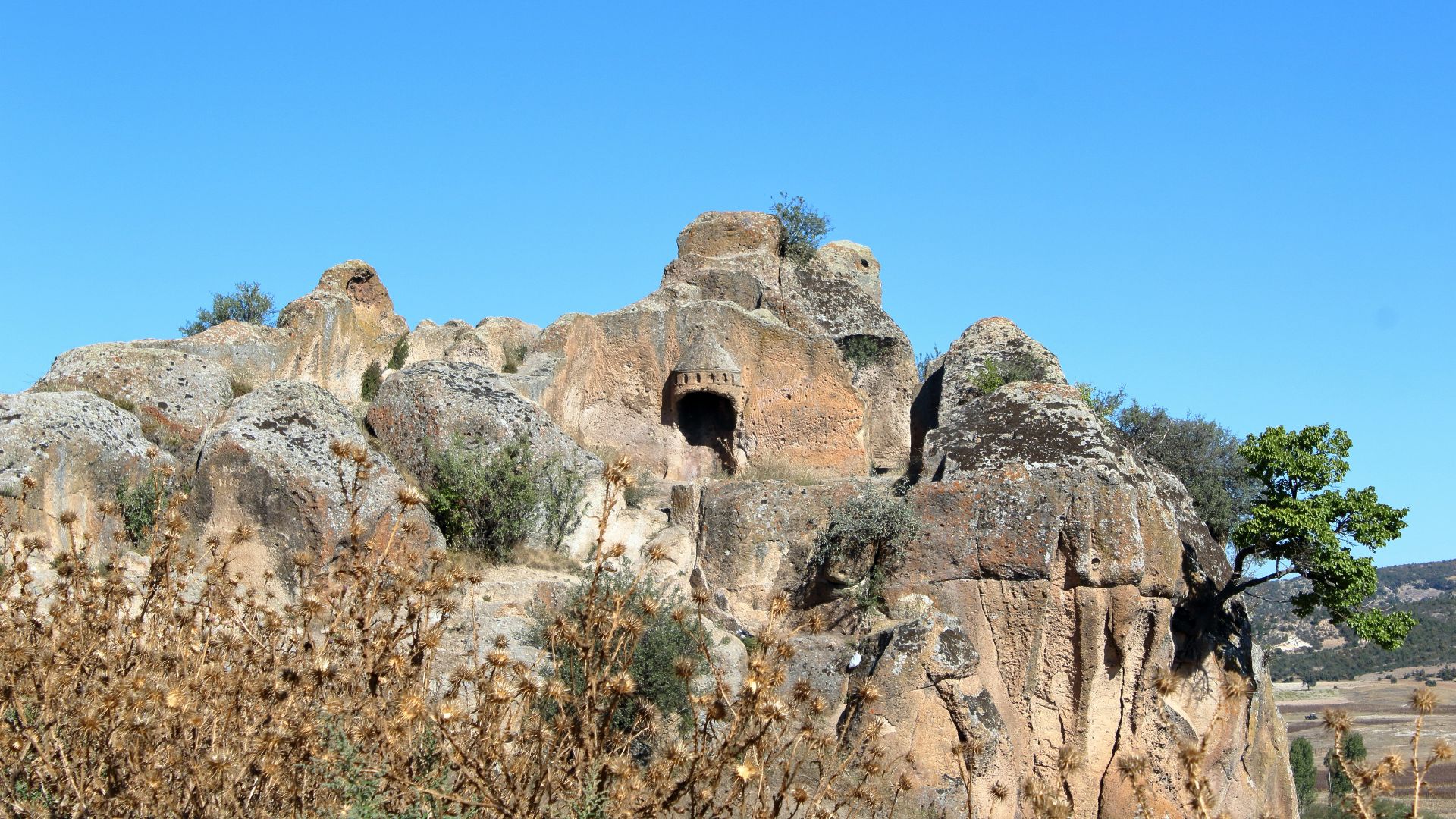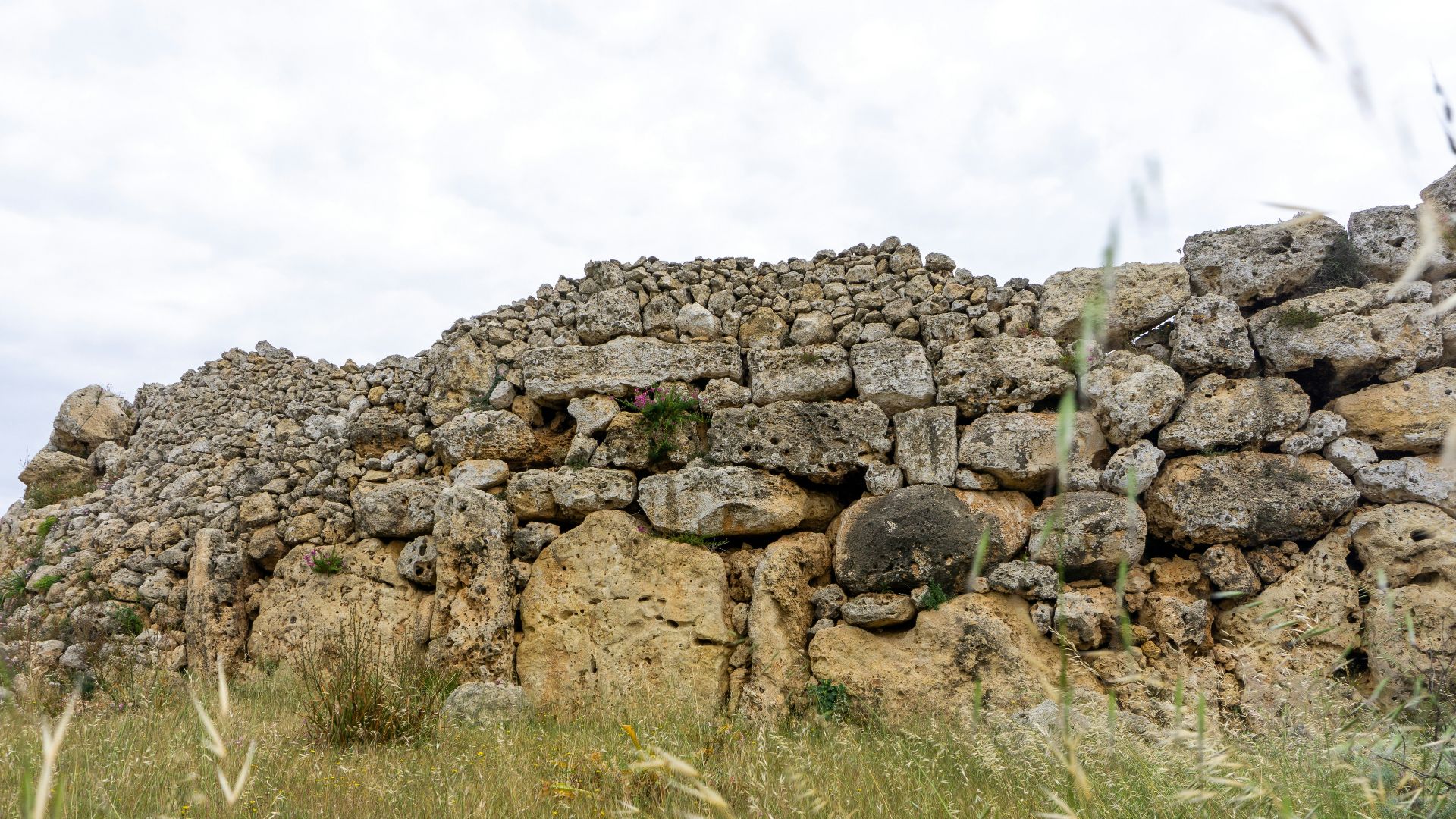Do you know how exciting it is when we find something that completely alters our understanding of early human civilizations? If you don’t, we’re here to share some fun facts with you.
Megastructures
Situated on the Slovenia-Italy border is an 870 square kilometer (336 square mile) - wide area home to four stone-made megastructures. We’re talking mega structures here, ranging from 530 meters (1739 ft) to 3.5 km (2.2 mi) in length.
According to researchers from the University of Ljubljana and the Institute for the Protection of Cultural Heritage of Slovenia, these structures, dubbed the “Karst traps,” are quite well-preserved, despite their surviving height sitting around half a meter (1.6 ft).
Okay…What Were They
Great question! The belief is that these stone structures were likely an ancient tunnel system that our ancestors used for hunting purposes. Situated below a cliff, animals would fall into this massive system and get trapped at either end, thanks to a concealed enclosure.
Of course, communal hunting was a common occurrence across ancient societies, but the evidence of large-scale hunting structures is not, at least in Europe. In communities throughout Africa and the Middle East, researchers have found what they call ‘desert kites,’ massive structures that were used for communal hunting purposes.
That's all well and good, but radiocarbon and stratigraphic (studying of rock layers) suggest that these particular structures were abandoned long before the Late Bronze Age even began, making them, at minimum, over 3 thousand years old.
Why Should We Care
Another excellent question, dear reader. We should care because large-scale, sophisticated structures like the ones discovered have not been found in that particular date range for European societies before.
According to the research study, the largest structure alone would’ve taken over 5,000 hours of labor to complete—and that’s just one structure. The required coordination and careful planning of these structures, the need for food and drink to sustain the builders, and the ongoing maintenance of the structures post-completion required a massive communal undertaking.
When put into the larger time frame of history, it’s quite exciting. Hunter-gatherer societies existed for 2 million years before widespread agricultural practices started popping up around 12,000 years ago (10,000 BCE). However, certain European groups practiced hunting and gathering until as recently as 1,500 CE. In and around Italy, hunting and gathering were common practices until 8,000 to 5,000 years ago, marking the transition from the Neolithic to the Bronze Age period.
While carbon dating hasn’t confirmed whether or not these structures were built in the Neolithic period or early Bronze Age, these structures suggest our ancient ancestors had a way deeper depth of knowledge about their landscape, agricultural production, and surplus management than we previously thought.
The research study states, “Rather than isolated anomalies, the Karst traps may represent a missing chapter in the prehistory of European landscape modification, one that warrants further comparative, chronological, and regional exploration.”
Depending on what researchers find, we soon may discover much more about a lesser-known time period across the European landscape.
KEEP ON READING

20 Important Names From World War II You Should Know
Key Players From World War II (For Good or Bad).…
By Cathy Liu Nov 7, 2024
Einstein's Violin Just Sold At An Auction—And It Earned More…
A Visionary's Violin. Wanda von Debschitz-Kunowski on WikimediaWhen you hear…
By Ashley Bast Nov 3, 2025
One Man’s Fishing Trip Just Turned Into a Historic Discovery
One Signal, Two Thousand Years Apart . Metal detecting sits…
By Cameron Dick Nov 5, 2025
The Mysterious "Sea People" Who Collapsed Civilization
3,200 years ago, Bronze Age civilization in the Mediterranean suddenly…
By Robbie Woods Mar 18, 2025
20 Inventors Who Despised Their Creations
Made It… Then Hated It. Inventors often dream big, but…
By Chase Wexler Aug 8, 2025
20 Incredible Items In The British Museum People Say Were…
Mystery In History. The mighty halls of the British Museum…
By Chase Wexler Sep 8, 2025


